
10,000-year-old mammoth remains discovered in Ukraine as Dnipro river recedes after Kakhovka dam collapse
At the end of July, a resident of Zaporizhzhia discovered enormous bones while fishing, which were later identified as mammoth remains. Espreso journalists also witnessed the discovery
The bones were found by Zaporizhzhia resident Kostiantyn Nelipa on the banks of the Dnipro River. After making the interesting discovery, he contacted Mykhailo Mulenko, the acting head of the Department for the Protection of Historical, Archaeological, and Natural Monuments at the National Reserve Khortytsia.
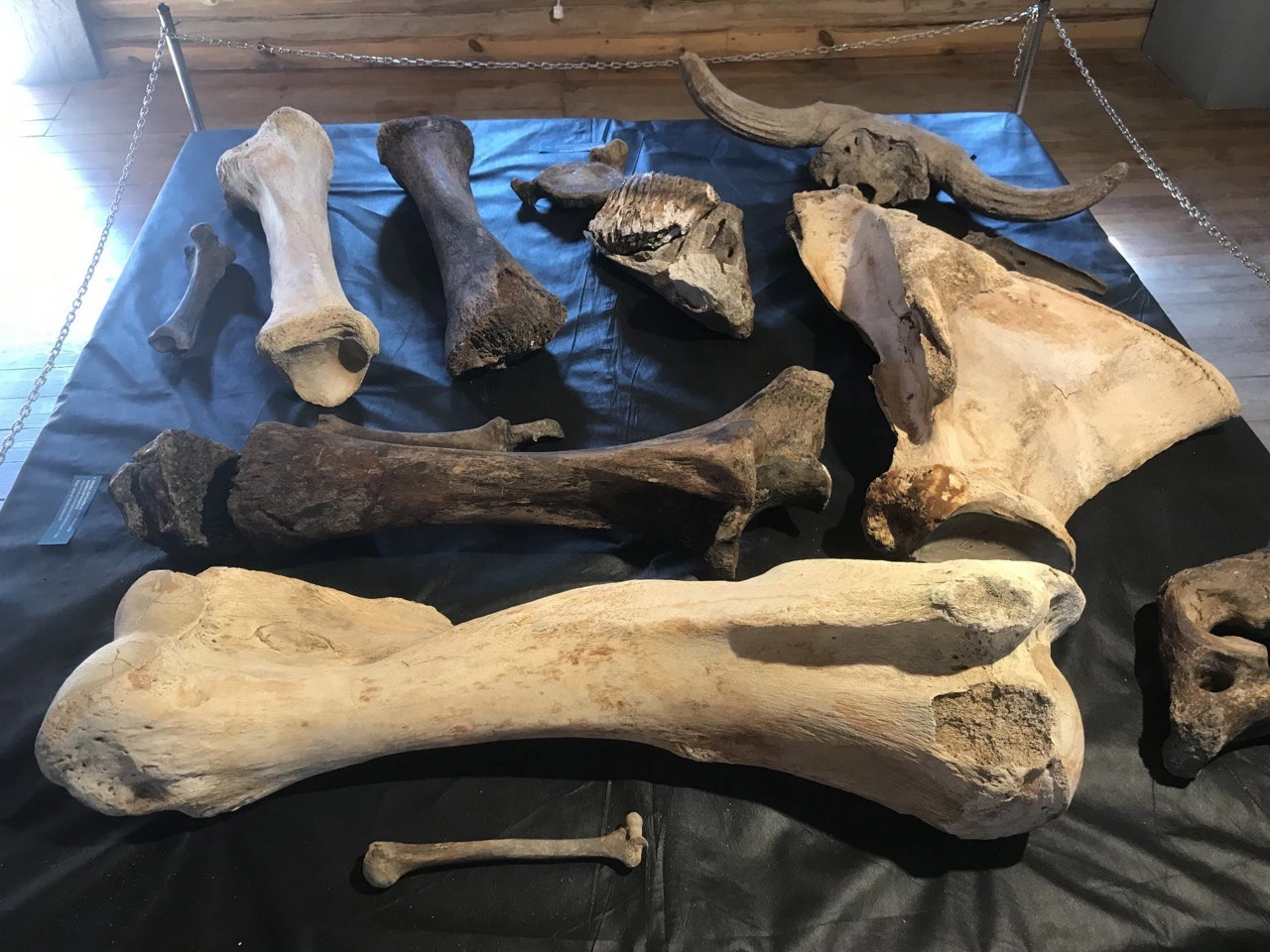
The most recently discovered bones are light in color. The darker ones were found earlier. Photos by Maryna Kliuieva / Espreso.
“Kostiantyn directly found two of the bones and showed them to us, and I found the third one, a scapula, when inspecting the area. It was in the water at a shallow depth of about half a meter. We immediately photographed them on site, confirmed that they were transportable, and then moved them to the Khortytsia Reserve for storage and further study,” explained the specialist.
The archaeologist noted that the bones were covered with sand and algae, but despite this, they were in relatively good condition and intact.
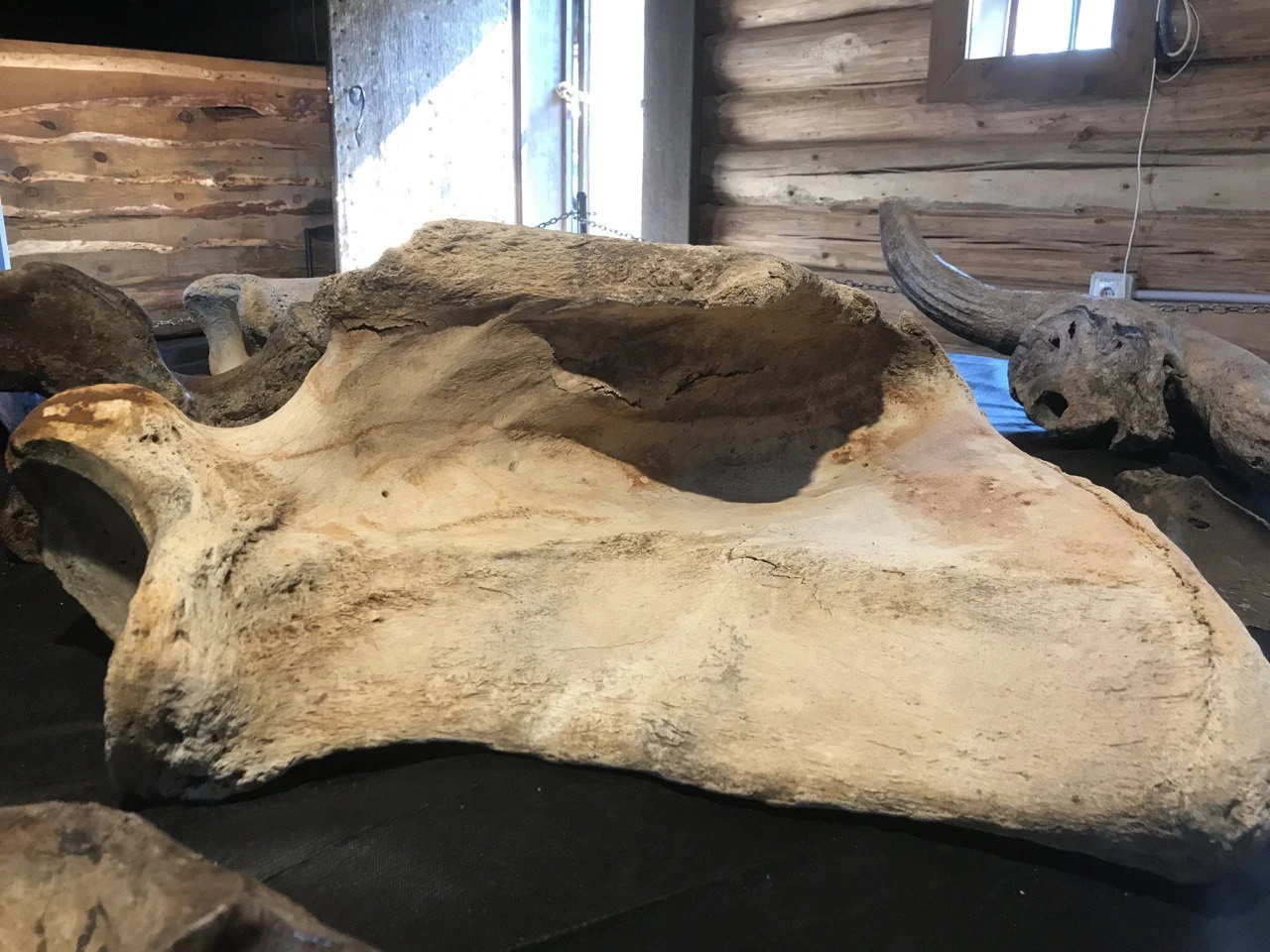
Photos by Maryna Kliuieva / Espreso
“That same day, after bringing them to the reserve, I started searching for specialists to consult. Specifically, I looked for a paleontologist who could advise on how to handle bones that had been in water, as we know how to deal with wet archaeological wood but hadn’t dealt with bones before. I contacted the National Museum of Natural History of Ukraine in Kyiv,” said Mykhailo Mulenko.
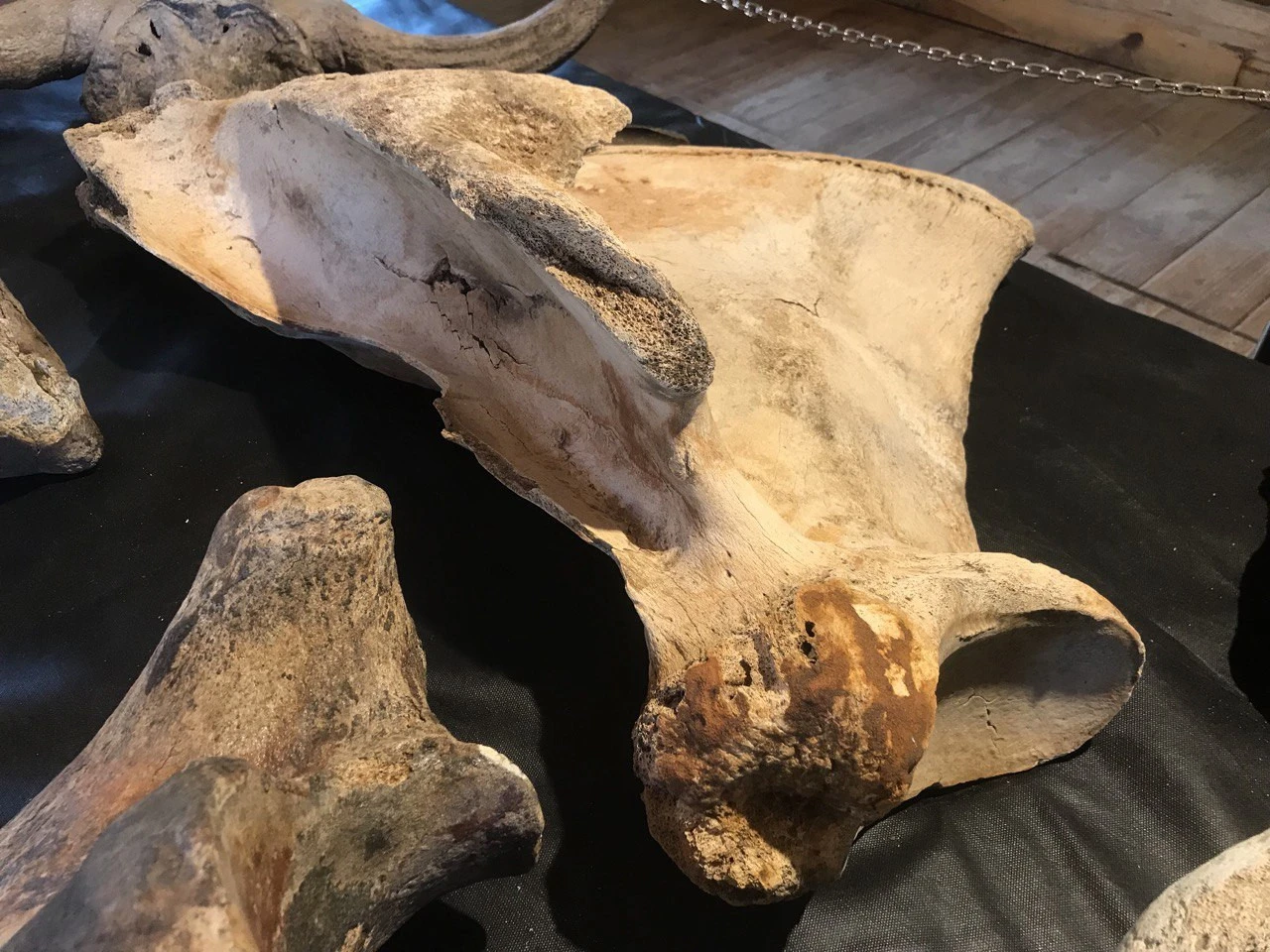
Photos by Maryna Kliuieva / Espreso
The experts from the National Academy of Sciences of Ukraine advised initially to clean and dry the bones. At the same time, specialists began the process of identifying exactly which species the skeletal fragments belonged to: "The term 'mammoth' is quite abstract, as some people refer to southern elephants as 'mammoths.'"
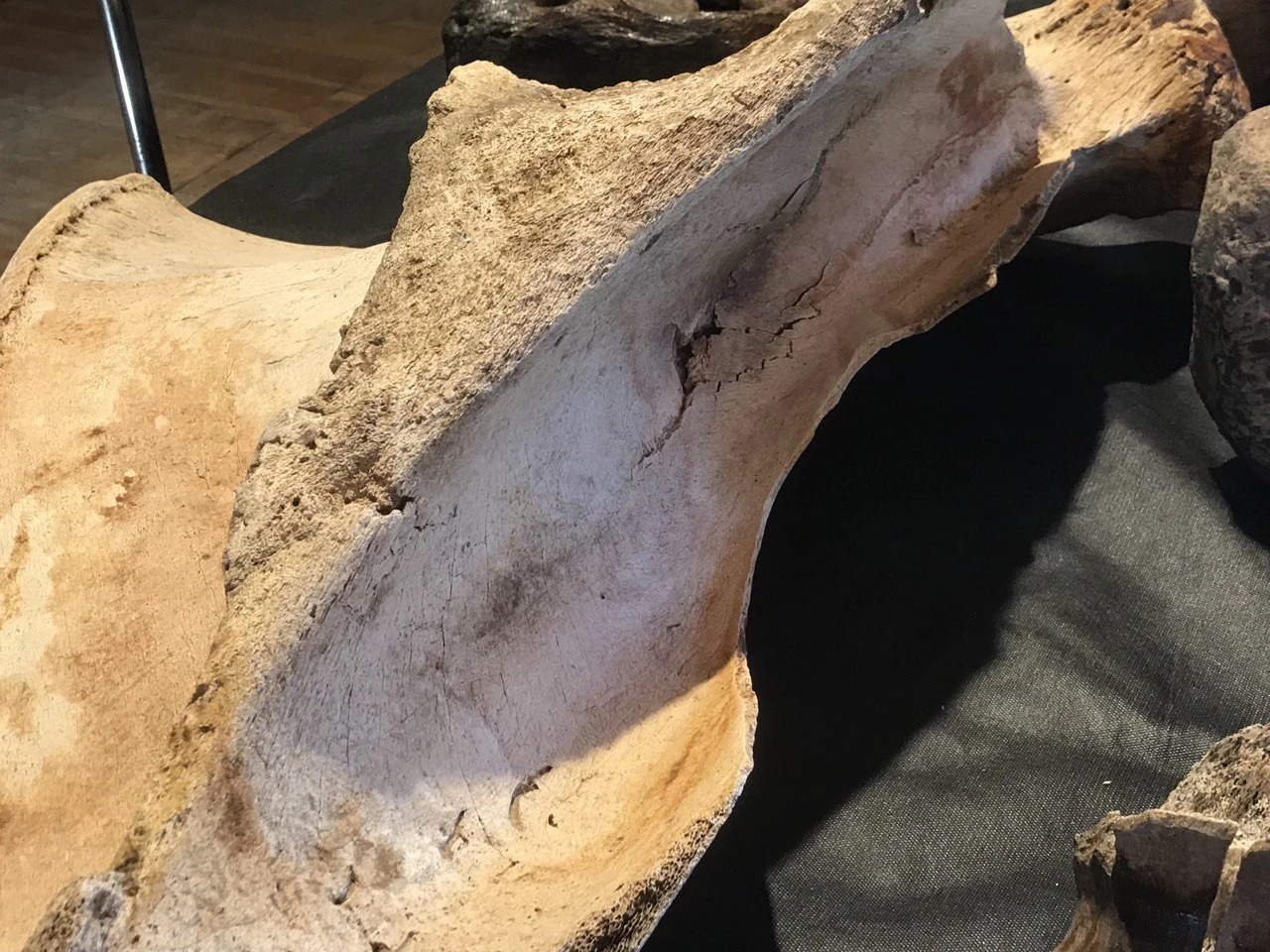
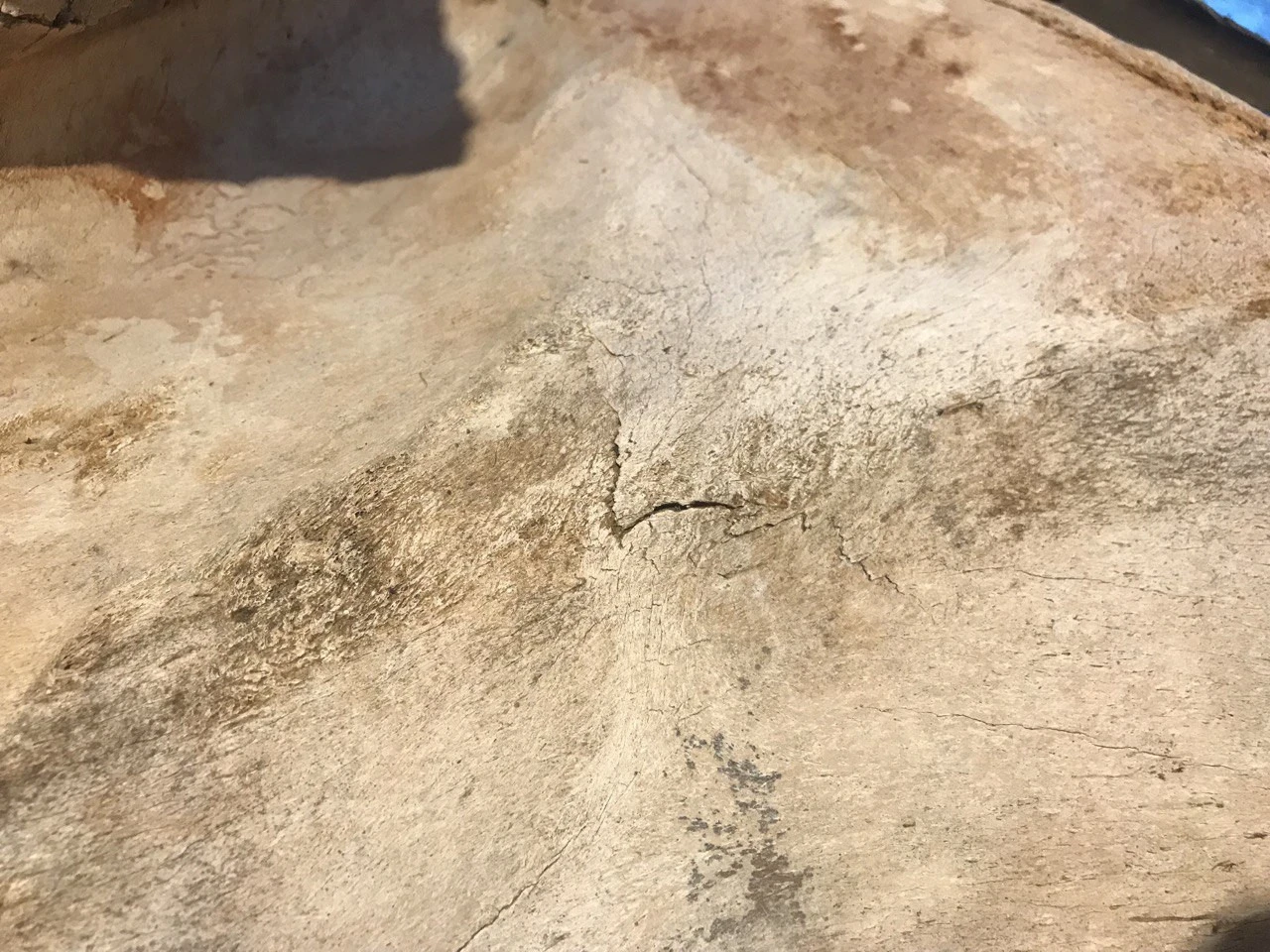
Photos by Maryna Kliuieva / Espreso
“It’s most likely a mammoth, but it’s too early to say for sure. We still need to find more skeletal details, which we hope to do. The preliminary conclusion is that it is most likely a wooly mammoth, a creature that existed approximately during the last Ice Age, 10,000-12,000 years ago, across the entire northern hemisphere, including America, Asia, Siberia, and even parts of Ukraine, though typically more northern regions,” the scientist explained. According to him, based on the size of the bones, the animal likely stood about four meters tall.

Photos by Maryna Kliuieva / Espreso
Scientists have also determined that in 1927, during the construction of the Dnipro Hydroelectric Station, bones of a large animal were found and identified as those of a wooly rhinoceros. "This is representative of roughly the same period as our mammoth. We also learned that during the construction of the Kaidaky Bridge in the city of Dnipro, mammoth remains were found, and in 2021, mammoth bones were discovered in the village of Kyrylivka in the Zaporizhzhia region, on the shores of the Sea of Azov. Therefore, it’s now impossible to rule out the possibility of finding a woolly mammoth in the Zaporizhzhia region, as it falls within the same historical area based on other finds," said Mykhailo Mulenko.
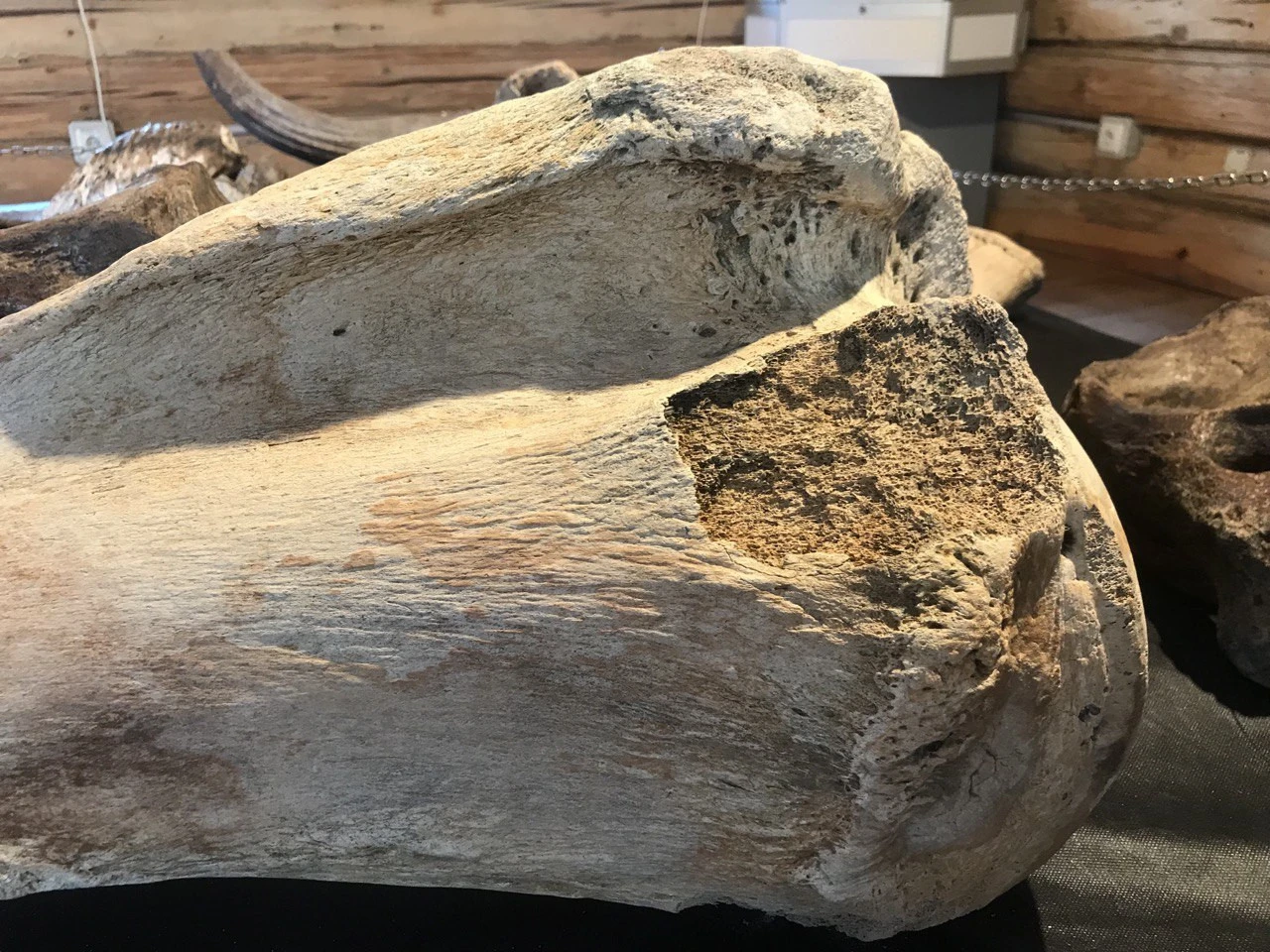
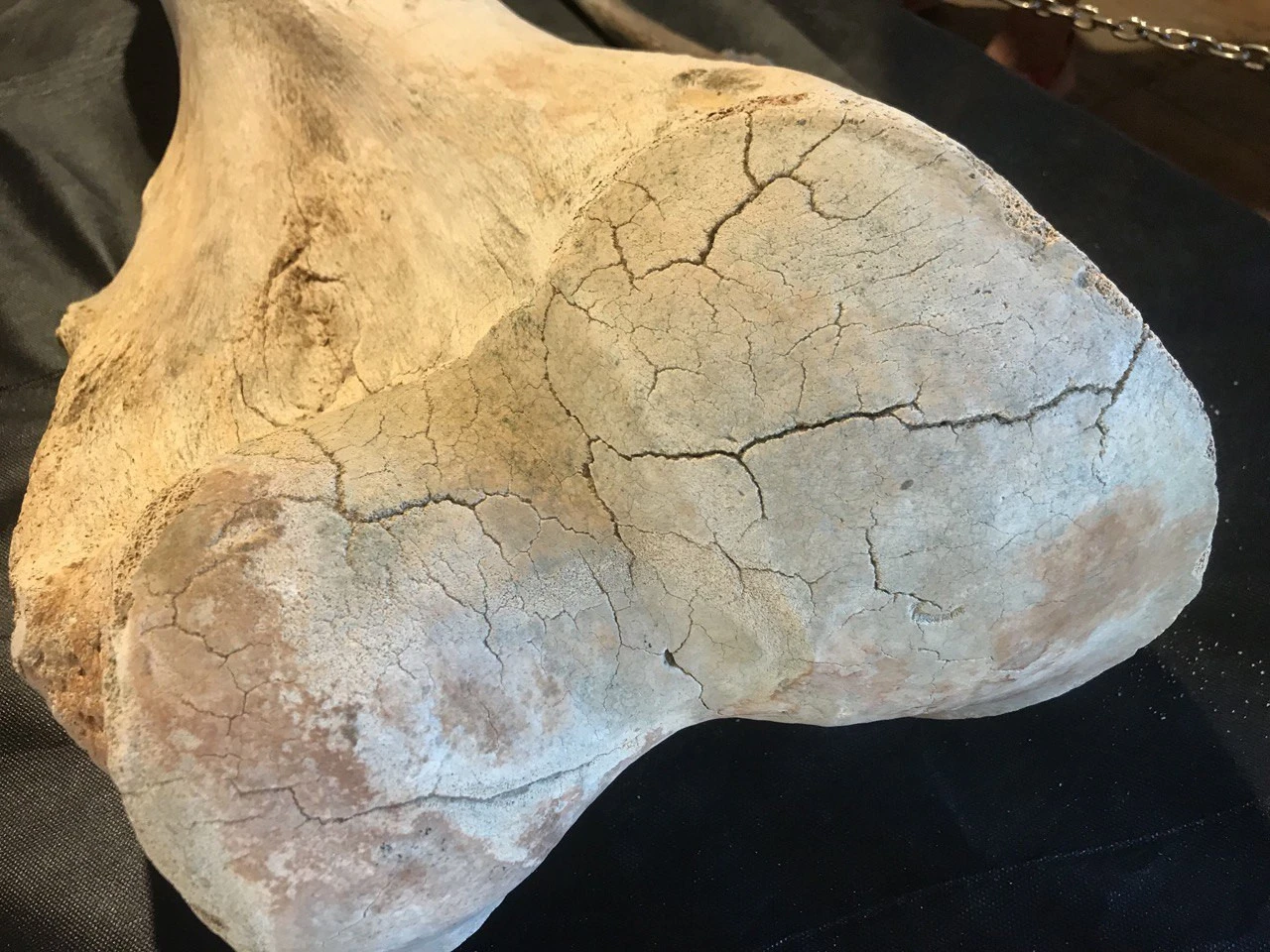
Photos by Maryna Kliuieva / Espreso
In the future, specialists plan to conduct morphometric measurements, a method used to determine the size of the animal’s joints. They also intend to send samples for radiocarbon dating. If successful, scientists will know the approximate age of the bones with an accuracy of 25-50 years, which will help determine when this animal perished in this area.
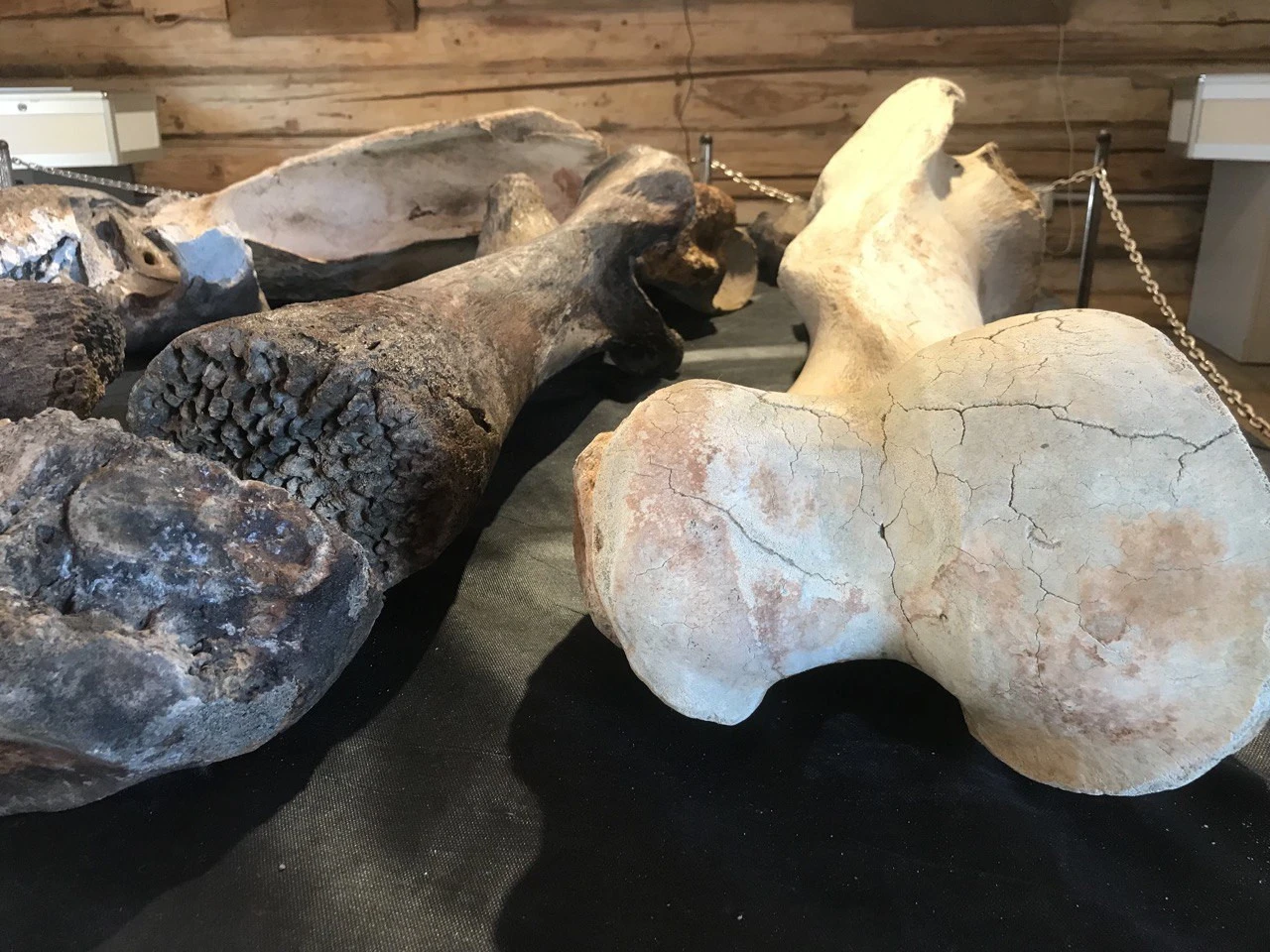
Photos by Maryna Kliuieva / Espreso
Additionally, the scientists plan to conduct an archaeological expedition with a focus on paleontology to search for more bones in the same area. At least two of the three discovered bones are anatomically related, meaning they connect with each other and most likely belonged to the same animal. These include the right humerus and right scapula, as well as the right tibia of an adult animal.
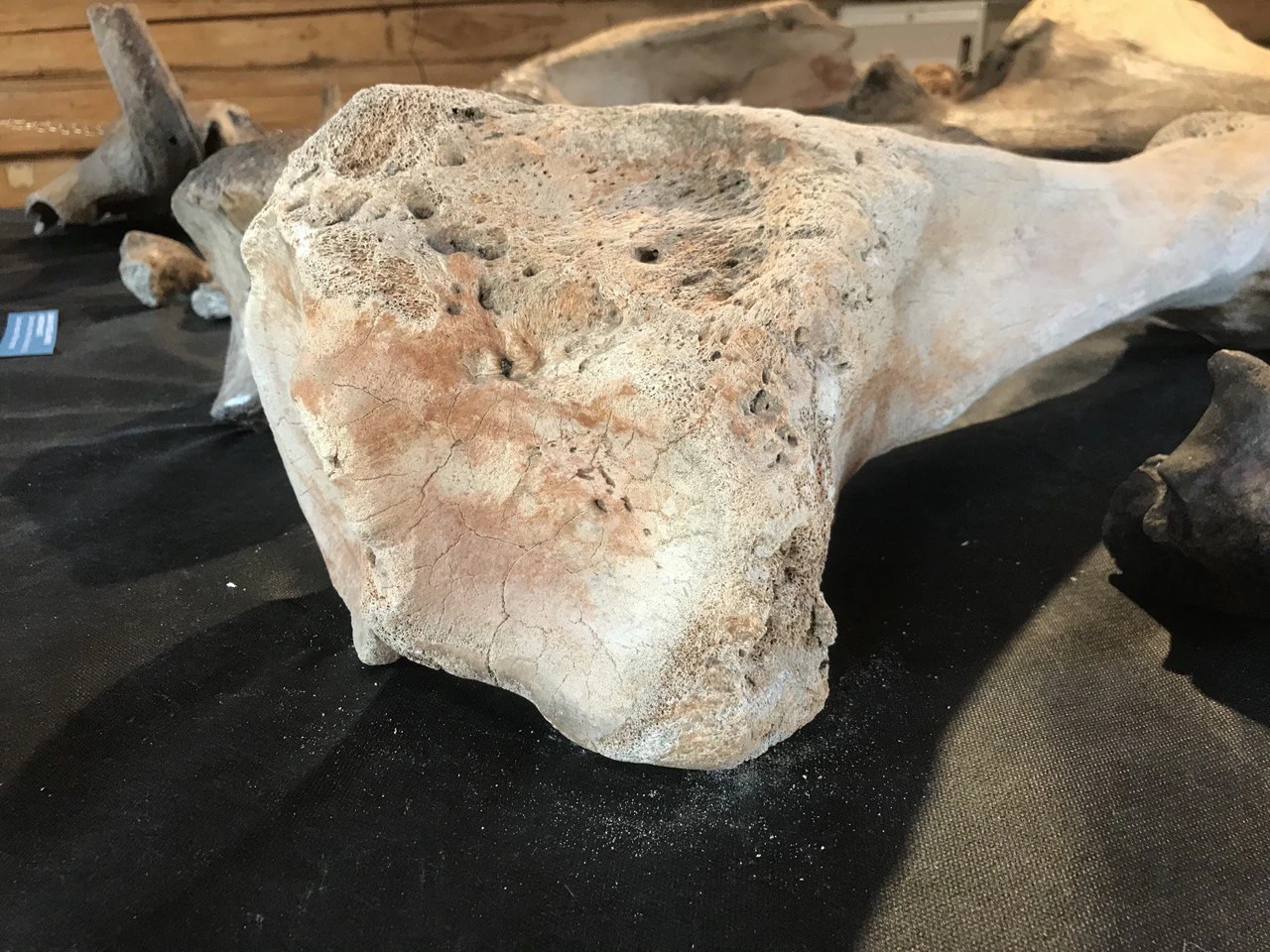
Photos by Maryna Kliuieva / Espreso
"It also turns out that in roughly the same area, a local historian and archaeologist had previously found bones of a large animal, which, as it turns out now, also belonged to a mammoth, but a younger one. The bones of our mammoth have epiphyses—where the joint surfaces are located—that are fused to the main bone, indicating an adult, almost old, animal. However, the earlier find from the early 2000s had unfused epiphyses, suggesting it was a young animal," said the archaeologist.
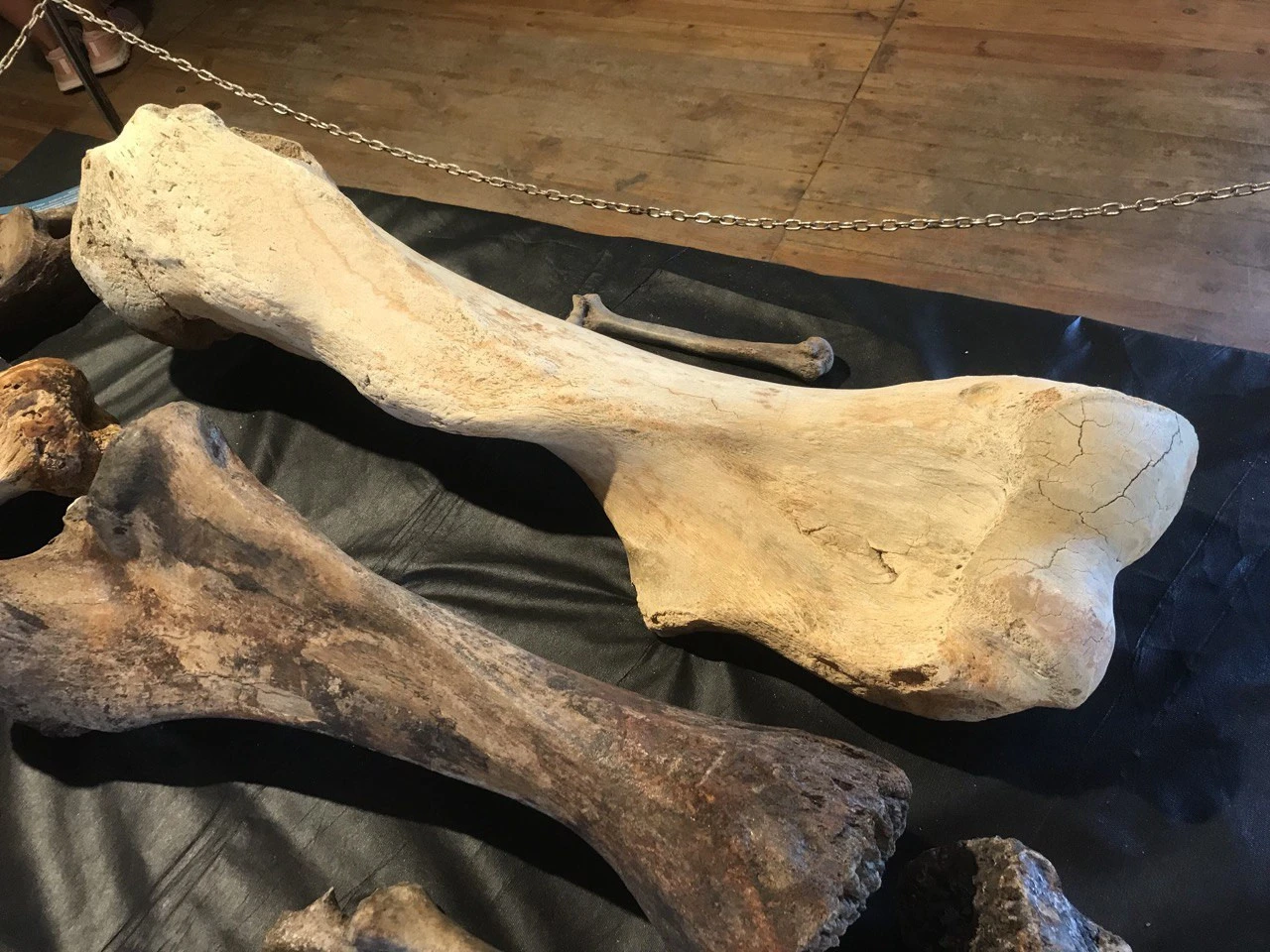
Photos by Maryna Kliuieva / Espreso
The mammoth remains were uncovered due to the extremely low water level in the Dnipro River after the destruction of the Kakhovka Hydroelectric Station. According to Mykhailo Mulenko, this exposed large new areas of shoreline that were once 4-5, or even 6 meters underwater. Additionally, with the disappearance of the Kakhovka Reservoir, the current in the Dnipro River, especially around Khortytsia—where the river is relatively narrow—has become much stronger, washing away sandy deposits.
Currently, there is very little information about the ancient history of the Zaporizhzhia region, making this find highly significant.
"We don’t even know the exact time period when these ancient animals lived in what is now the Zaporizhzhia region. Even if these mammoth bones are related, we can’t rule out that the carcass was carried there by the glacier, whether whole or fragmented. If we find a complete skeleton or at least parts of the skeletons of multiple animals—like two right scapulas, for instance—that would indicate two animals, and we would gain much more information," the specialist added.
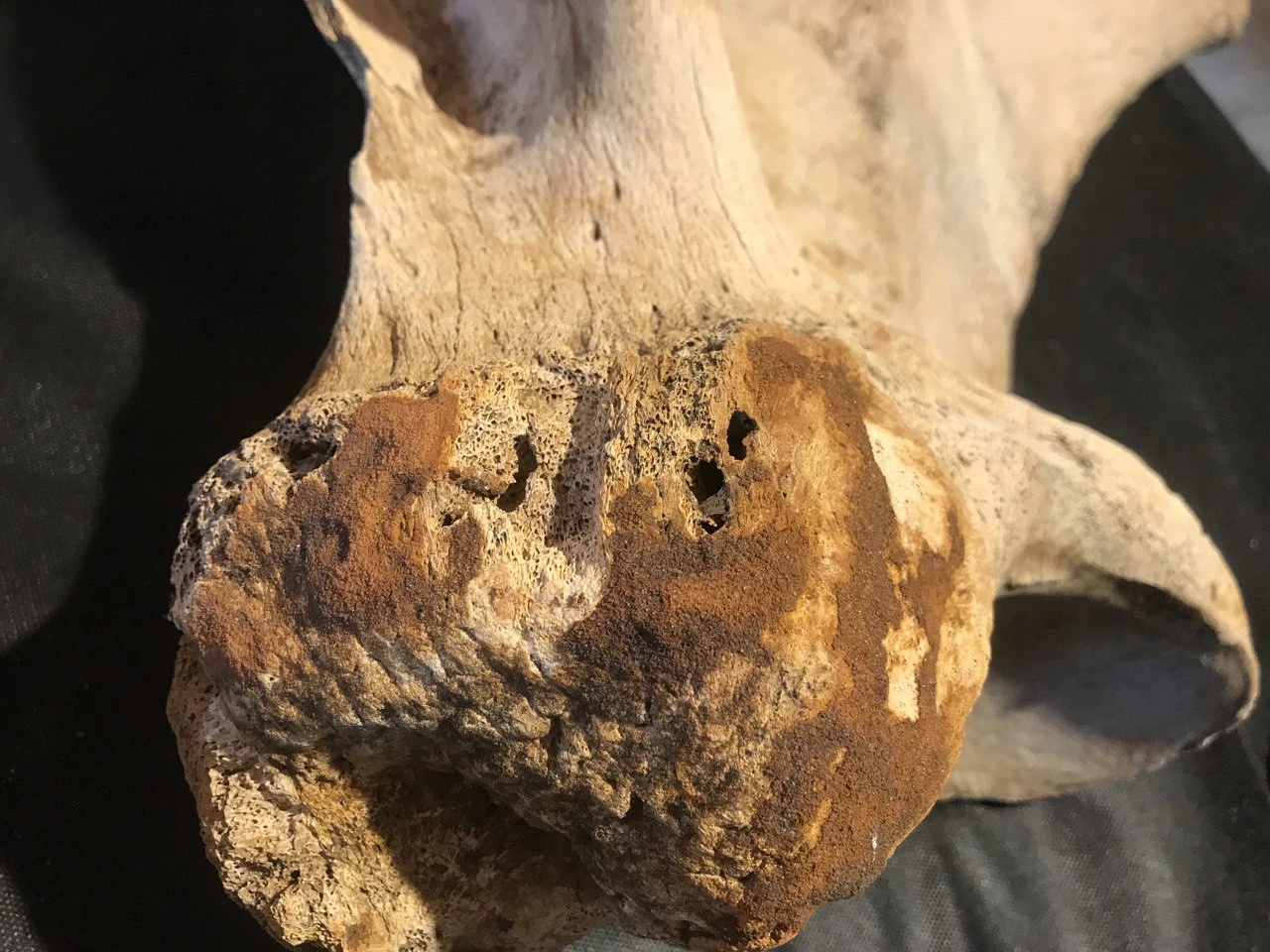
Photos by Maryna Kliuieva / Espreso
- News












































